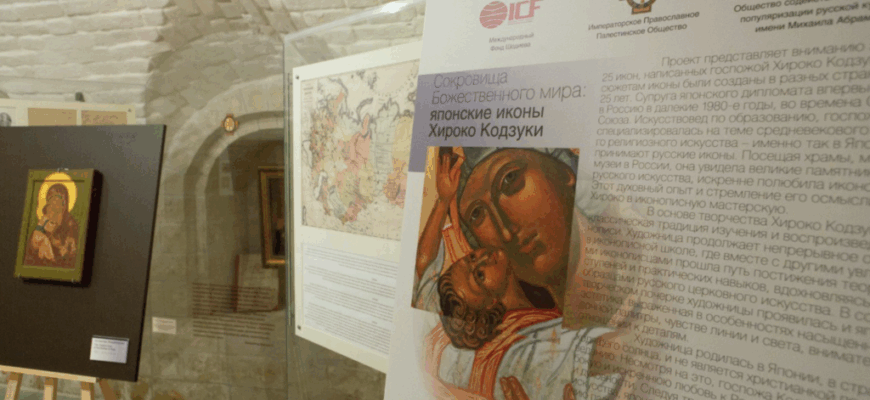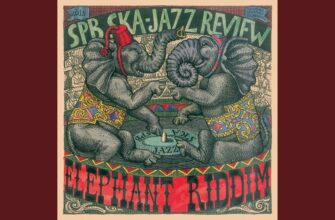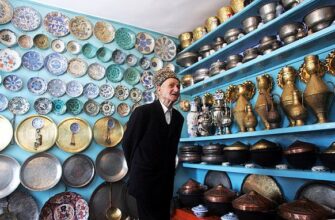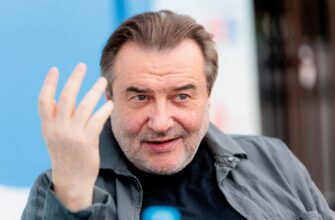An exhibition in Kolomenskoye showcases a unique fusion of Eastern calm and ancient Russian spiritual artistry.
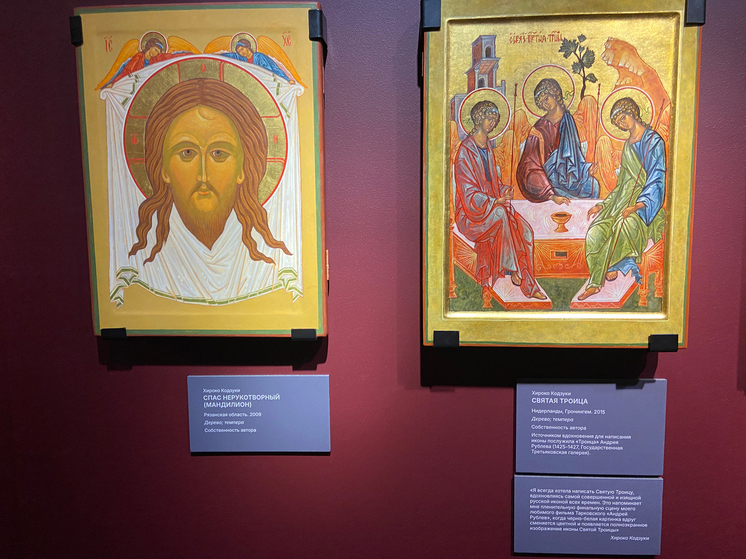
In a fascinating cultural confluence, Moscow’s historic Kolomenskoye Palace is currently hosting an exhibition that challenges conventional artistic boundaries. The focus of this unique display: Orthodox Christian icons, meticulously crafted by none other than a Japanese artist, Hiroko Kozuki. Her journey from the ancient traditions of Buddhism and Shintoism to the intricate world of Russian iconography is a testament to art`s universal language and the surprising paths life can forge.
The Unlikely Path to Iconography
Hiroko Kozuki, an art historian by training, first encountered Russia during the late Soviet era in the 1980s. It was a visit to the revered Trinity Lavra of St. Sergius that ignited her profound interest in Orthodox icons. This experience, seemingly disparate from her studies in French medieval art, planted a seed that would blossom years later into a dedicated artistic practice. Her first foray into icon painting, an image of the Archangel Michael, came in 1999, guided by the icon painter Sergey Tarasyan. Subsequently, she refined her technique under the tutelage of Elena Antonova at the School of Iconology, adhering strictly to the ancient Russian canons.
“How interesting sometimes fate disposes of our affairs!” remarked the original news source, echoing the sentiment of serendipity surrounding Kozuki’s journey.
A Diplomatic Twist and Deep Immersion
A remarkable twist of fate in 2015 provided Ms. Kozuki with an unparalleled opportunity for deeper cultural immersion. Her husband, Toyohisa Kozuki, was appointed the Extraordinary and Plenipotentiary Ambassador of Japan to Russia. This diplomatic posting allowed her to delve further into Russian culture and spirituality, an influence clearly visible in the current exhibition. Alongside her icons, the display includes her personal photographs taken during extensive travels across Russia, capturing the essence of venerable sites like Valaam, Tikhvin, Kirillo-Belozersky, and Savvino-Storozhevsky monasteries.
East Meets West: A Curatorial Vision
The core concept behind the Kolomenskoye exhibition is to highlight the harmonious convergence of two distinct cultures through religious art. While Hiroko Kozuki`s 23 works form the centerpiece, they are thoughtfully displayed alongside classical Russian icons from the 17th to 19th centuries. This juxtaposition allows visitors to appreciate Kozuki’s respectful homage to Russian tradition. Indeed, a casual observer unfamiliar with the artist’s background might struggle to identify these works as creations of an Eastern hand.
Yet, upon closer inspection, a subtle yet unmistakable “breeze of Japanese prints” and a characteristic “Japanese and Buddhist tranquility” can be discerned. This gentle infusion of Eastern sensibilities into the rigid structure of Orthodox iconography provides a unique aesthetic experience, proving that artistic integrity can coexist with subtle personal expression.
Influences and Inspirations
Among the works drawing significant attention is Kozuki’s rendition of the “Holy Trinity.” It is evident that the artist drew direct inspiration from the iconic “Trinity” by Andrei Rublev, which she herself describes as “the most perfect and elegant Russian icon of all time.” Her admiration for Rublev extends beyond his art; she names Andrei Tarkovsky’s film “Andrei Rublev” as her favorite, particularly citing its powerful climax where the black-and-white cinematography transitions to color, revealing Rublev`s masterpiece in full vibrancy.
Further demonstrating her deep engagement with Russian art history, Kozuki’s “Saviour Not Made by Hands” is influenced by a 12th-century image from the Tretyakov Gallery. Similarly, her “Annunciation” echoes elements of the 12th-century “Ustyug Annunciation,” also from the Tretyakov. Even the angelic figure in her “Resurrection of Christ (Angel at the Tomb)” draws upon “The Myrrh-Bearing Women at the Lord`s Tomb” from the festive tier of the Trinity Cathedral in the Trinity Lavra of St. Sergius.
A Spiritual Dialogue Beyond Dogma
Perhaps one of the most intriguing aspects of Ms. Kozuki’s artistic endeavor is her personal religious stance. While not an Orthodox Christian herself, she openly embraces prayer and believes in guardian angels, even celebrating Christmas and New Year within her family. The museum staff theorizes that this liberal approach to religion stems from the traditional Japanese belief systems (Buddhism and Shintoism), which lack the concept of a singular, monotheistic Creator God. This spiritual openness, they suggest, allows her to engage deeply and sincerely with other faiths, demonstrating that profound artistic and spiritual connection can transcend formal religious boundaries.
The exhibition stands as a compelling dialogue between cultures, an artistic bridge built with reverence and tranquility. It invites visitors to ponder the universal threads that connect humanity through art and spirituality, regardless of geographic or religious divides.

